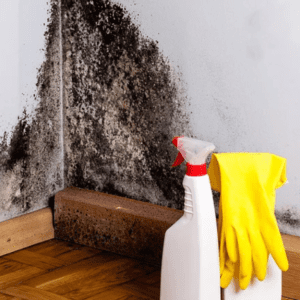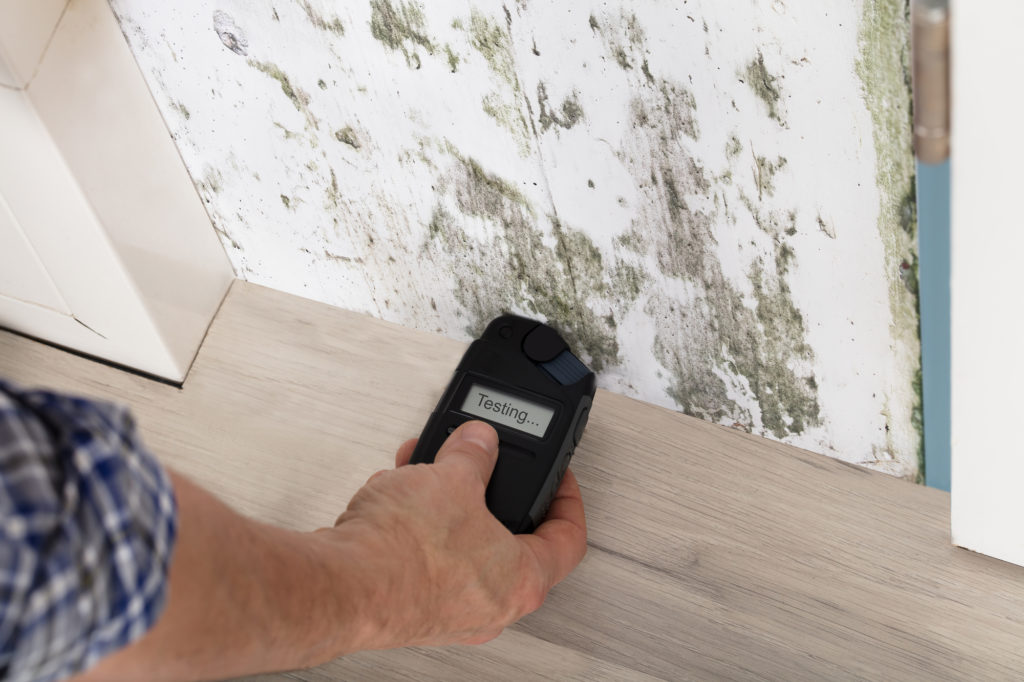After Mold Remediation Strategies for Tidy Rooms
After Mold Remediation Strategies for Tidy Rooms
Blog Article
Your Ultimate Guide to Post Mold Remediation Methods
In the results of mold problem, understanding just how to efficiently get rid of the mold and avoid its reoccurrence is paramount for preserving a healthy and balanced indoor setting. From selecting the ideal cleaning and sanitizing approaches to executing approaches for long-lasting mold prevention, each action in the remediation journey plays an important role in ensuring a successful end result.
Comprehending Post-Mold Removal Process
After completing the mold removal procedure, it is critical to recognize the post-mold removal strategies that are necessary to guarantee a reliable and thorough clean-up. As soon as the mold and mildew has actually been removed, the next step involves cleaning and decontaminating the affected areas to stop any kind of regrowth of mold. This includes making use of specialized cleaning agents to wipe down surface areas and eliminate any staying mold spores. It is vital to dry the area totally to inhibit the development of mold in the future (Post Remediation verification). Proper ventilation and dehumidification can assist in this process.
Furthermore, conducting a last inspection post-remediation is important to guarantee that all mold has actually been efficiently gotten rid of. If the examination discloses any type of remaining mold, additional removal might be essential.
Reliable Cleansing and Decontaminating Approaches

Protecting Against Future Mold And Mildew Development

Importance of Correct Air Flow
Proper air flow plays a vital role in protecting against moisture build-up, an essential variable in mold and mildew development within indoor settings. Efficient air flow systems help eliminate excess moisture from the air, minimizing the chances of mold and mildew spores finding the wetness they require to spread and sprout. Without adequate air flow, interior areas can become a reproduction ground for mold and mildew, bring about prospective health risks and architectural damage.
By making sure proper air flow, air flow systems can additionally help in drying out damp areas quicker after water damage or flooding events, additionally preventing mold and mildew growth. After mold remediation. Precede like washrooms, attics, kitchen areas, and basements where moisture degrees often tend to be greater, mounting and keeping reliable air flow systems is critical in preventing mold infestations

Surveillance and Upkeep Tips
Provided the crucial role that correct ventilation plays in preventing mold and mildew growth, it is crucial to establish reliable tracking and upkeep ideas to ensure the continued capability of ventilation systems. Regular assessments of ventilation systems must be conducted to look for any indications of blockages, leakages, or breakdowns that might restrain proper air movement. Monitoring humidity degrees within the property is likewise crucial, as high humidity can add to mold growth. Mounting a hygrometer can help track moisture degrees and alert home owners to any type of spikes that might need focus. Furthermore, ensuring that air filters are on a regular basis cleansed or changed click resources is vital for my site keeping the performance of the ventilation system. Executing a timetable for routine maintenance tasks, such as air duct cleansing and heating and cooling system assessments, can aid prevent problems prior to they escalate. By staying attentive and positive to the problem of air flow systems, property owners can successfully mitigate the danger of mold and mildew regrowth and keep a healthy indoor atmosphere.
Final Thought
In conclusion, post-mold removal methods are important for ensuring a safe and tidy environment. Recognizing the procedure, carrying out effective cleansing and sanitizing methods, preventing future mold and mildew growth, keeping proper air flow, and routine monitoring are all crucial action in the remediation procedure. By complying with these guidelines, you can efficiently get rid of mold and mildew and stop its return, promoting a healthy living or functioning area for all residents.
In the results of mold infestation, recognizing exactly how to effectively eliminate the mold and mildew and avoid its reoccurrence is vital for maintaining a healthy and balanced indoor setting. Once the mold and mildew has been eliminated, the following step involves cleansing and decontaminating the affected locations to avoid any kind of regrowth of mold and mildew - After mold remediation. After getting rid of visible mold development, it is crucial to clean all surfaces in the affected area to eliminate any type of staying mold and mildew spores. To better improve mold and mildew avoidance actions, it is important to deal with underlying problems that at first led to mold and mildew advancement.Provided the important duty that correct air flow plays in protecting against mold and mildew development, it is essential to establish effective monitoring and upkeep additional reading tips to ensure the continued functionality of air flow systems
Report this page